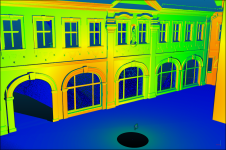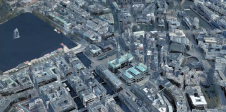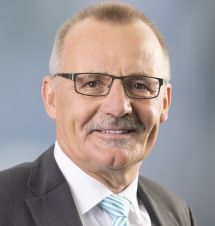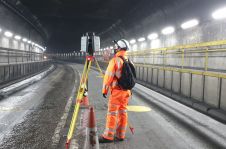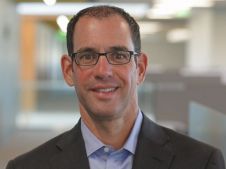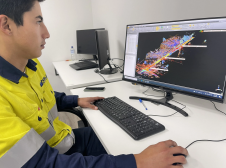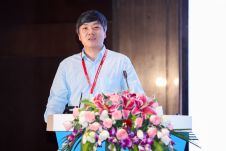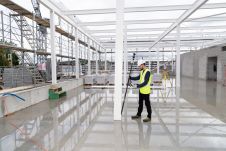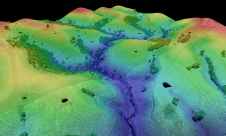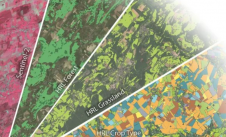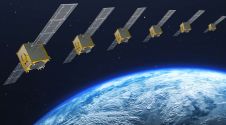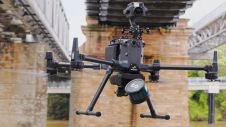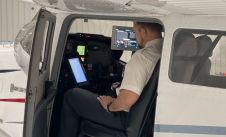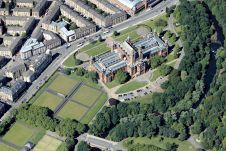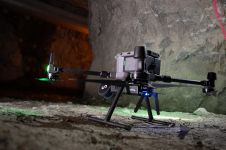Finding Future Geospatial Solutions for Climate Change
In this interview, Rudolf Staiger, president of FIG, shares his thoughts on the geospatial industry, including market trends, technology drivers and challenges, and the impacts of COVID-19 and climate change.
What has been the impact of COVID-19 on your business?
The aim of the International Federation of Surveyors (FIG) is to strengthen and to promote the surveying and geospatial profession in a very broad sense. As a non-profit and non-governmental organization, we use different promotion channels and platforms. One very important format is our yearly event, the FIG Working Weeks, and every four years we organize an even bigger event: the FIG Congress. Due to COVID-19, we had to cancel the Working Week 2020 and instead transformed it into a virtual Working Week in 2021, organized by our Dutch colleagues. It was a great success, but almost everybody expressed the wish to meet in person again soon. Thanks to COVID-19, we learned that videoconferences can replace some meetings and are effective when working on a specific task. While this means that in-person meetings can be reduced, they are not completely replaceable. And for the moment, the biggest challenge is the uncertainty with regard to the future events, such as who will be able to travel and the financial risks. We knew that many FIG members were struggling throughout 2020, which is why we reduced the FIG membership fees by 20% as a one-time gesture in 2021.
What do you regard as the key market trend in the years ahead?
The key market trends in the surveying and geospatial industry are scalable cloud-based applications combined with new sensor platforms like drones or mobile scanning devices in an automated or even autonomous operating mode. Digitalization has always been an important topic on our profession’s agenda and this will continue in the future.
Which technological driver do you expect to be most important in the coming years?
The technological drivers are artificial intelligence (AI), Internet of Things (IoT) and distributed and scalable software applications. Real-time wireless communication will also play a more important role in the future.
What do you see as the main challenge in the near future?
We must overcome COVID-19. There are medical, human, social and economic aspects to this, and there are indications that poorer countries and regions are being hit harder than richer parts of the world. In other words, in the future, the wealthier countries should support the poorer parts of our world even more strongly than ever before. Based on the daily news, you could get the impression that the other burning issues like climate change, sea level rise, carbon footprint and fossil fuels have disappeared from our radar screens, so we need to get back to finding future solutions to these issues. The Sustainable Development Goals (SDGs) are also still on the agenda. A FIG Task Force has been working on how FIG can contribute to the SDGs. Regarding our yearly event, the main challenge in the coming years is to find the optimal post-COVID event format. Most people regard a hybrid format – in which visitors can attend in person or virtually – as the most obvious answer. Unfortunately, hybrid events pose a lot of challenges such as higher production costs accompanied by lower registration fees, the consideration of different time zones and the more complex simultaneous interaction with both the virtual audience and the on-site attendees.
Due to the climate crisis, companies and organizations urgently need to contribute to a safer and more sustainable world. What is your vision on this?
The majority of the global players in the surveying and geospatial industry are high-tech companies with powerful R&D departments. They would love to contribute to a safer and more sustainable world with innovative products. Therefore, incentives are needed which will make extra efforts for sustainable solutions attractive and worthwhile. Once there is a legal and economic framework for sustainable products, the industry in general – and the geospatial sector in particular – will deliver!
About Rudolf Staiger
Rudolf Staiger has been the president of FIG since 2019. Prior to that, he was vice-president of FIG from 2011 until 2018, and the chair of FIG Commission 5 (Positioning and Measurement) from 2007 to 2011. Staiger currently teaches surveying engineering at the University of Applied Sciences in Bochum, Germany. His areas of special interest are instrumentation and calibration of geodetic sensors, laser scanning and data analysis. He previously spent six years in industry with KERN and Leica Geosystems (both in Switzerland) as a systems engineer, product manager and software developer. From 1994 to 2005, he taught surveying engineering at the University of Essen (Germany).

Make your inbox more interesting.Add some geo.
Keep abreast of news, developments and technological advancement in the geomatics industry.
Sign up for free

